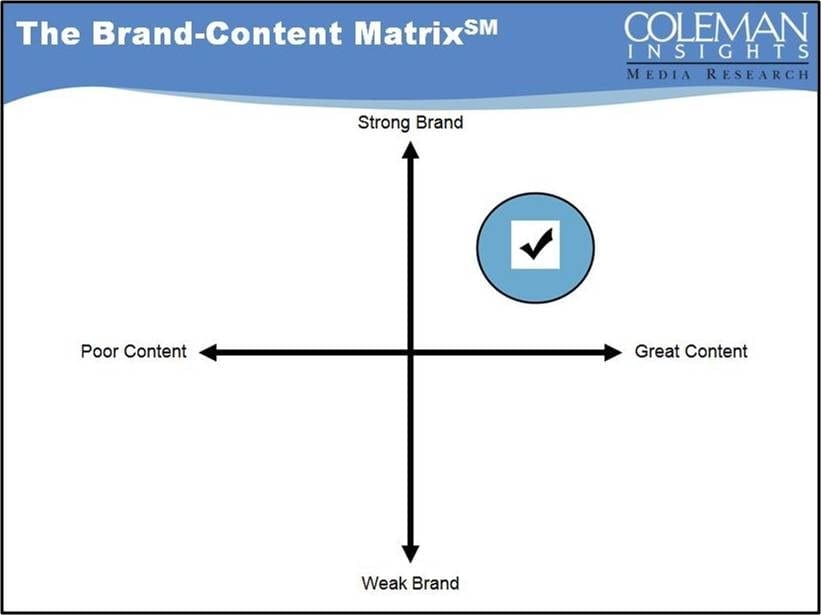On Friday, November 17th, Mike & Mike aired their final broadcast on ESPN Radio. The show’s anchor, Mike Greenberg, will move on to host his own morning TV show in the spring. His co-host for the past 18 years, Mike Golic, will remain in place with a new partner, longtime ESPN staple Trey Wingo.
A run as long and remarkable as this deserves some reflection as to what made the show work.
Mike and the Mad Dog are rightfully credited with influencing the launch of sports talk radio stations and a generation of sports talk hosts during their time at WFAN/New York; however, both Mike Francesa and Chris “Mad Dog” Russo were career broadcasters when they were paired with each other.
While Mike and the Mad Dog could also be described as an “Odd Couple”, the debut of Mike & Mike on January 3, 2000 presented sports talk fans with an odd couple that offered completely different perspectives – a career broadcaster paired with a career athlete.
In fact, the show’s original tag line was “What makes them different makes them great”.
Greenberg and Golic understood their roles extremely well and always presented their points of view from their respective lenses. The plot of the show clearly highlighted these two points of view. They used these roles to create comedic and dramatic tension.
It’s important to consider how good Mike & Mike was considering the challenges it faced as a national show. While there is plenty of passion for sports around the country, sports fandom is almost always hyper local. If there was news about your team that wasn’t noteworthy on a national level, you wouldn’t hear about it on Mike & Mike. On the other hand, a local sports talk show could cover the story in great detail. Many of these local shows that focus on important local content about their local teams beat Mike & Mike in the ratings, but Mike & Mike did very well considering their national perspective.
The principles that guided Mike & Mike are ones that can be applied to any local or national show. These include:
- Define a clear role for each character on the show
- Clearly communicate these roles to every member of the show
- Ensure differing viewpoints are presented in show discussions
- Encourage the talent to focus on personal relationships, not just the news topics
- Have the show look for interesting angles on stories that will appeal to casual listeners
- Make diligent show planning a consistent habit
- Always aim for high production value
Mike & Mike’s influence will be felt for some time to come. The lessons of what made it work will last forever.

